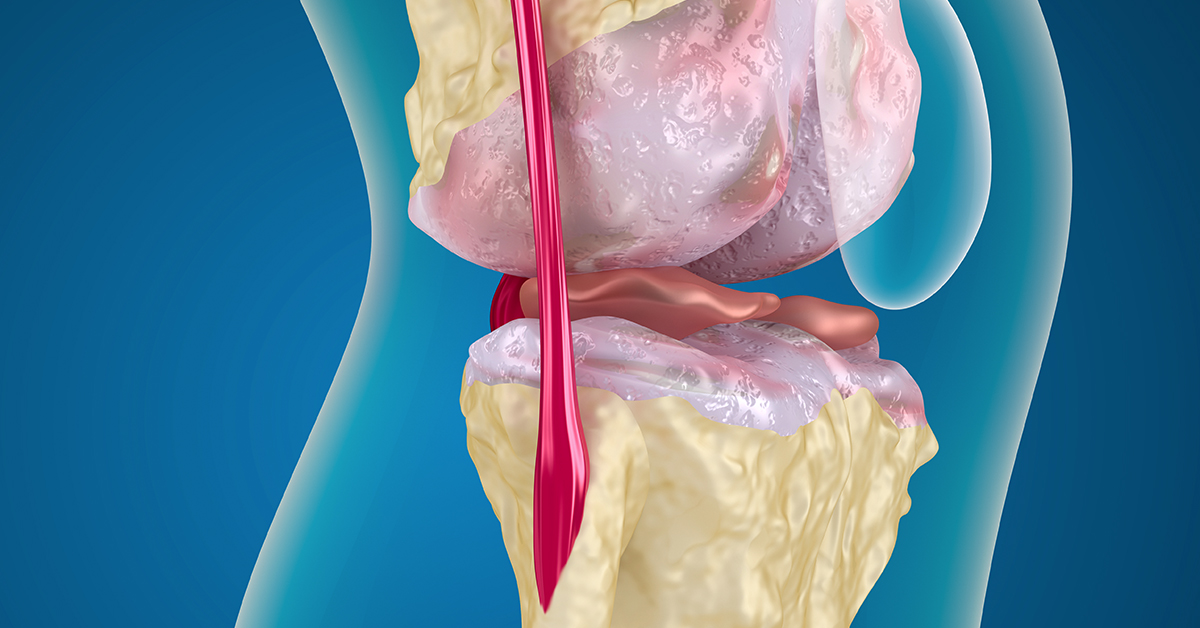
What are Meniscus Tears?
The knee joint is very important in helping us move. If a problem occurs with the knee, it can be very painful and make mobility difficult or impossible. One of the most common knee injuries is a torn meniscus. This injury can happen to anyone, but often happens to athletes and older people. The meniscus is a C-shaped piece of cartilage in the knee. There are two menisci in each knee joint, the medial meniscus on the inner side and the lateral meniscus on the outer side the knee joint. These provides stability and protection to the knee, but if they're torn, problems can occur.
What causes Meniscus Tears?
Meniscal tears are often the result of trauma or injury to the knee, but they can also occur due to degenerative conditions like osteoarthritis. Most of the meniscus does not receive a blood supply, so they may grow worse over time.
Symptoms and Diagnosis
Symptoms vary depending on how and where the meniscus is torn, but symptoms can include pain, instability or feeling the knee "giving," stiffness, swelling, and an impaired range of motion. Sliding, popping, or locking may occur if the tear is left untreated because loose fragments from the meniscus tear will drift into the joint. If you are presenting these symptoms, your doctor may diagnose meniscal tears.
How are Meniscus Tears treated?
Treatment options for meniscus tears vary depending on the severity and location of the injury. Conservative methods like rest, ice, compression, and physical therapy are always attempted first. Anti-inflammatory medication may be prescribed, as well as the use of a brace or cast to immobilize the knee during the healing process. If the tear is very severe, surgery may be required.

